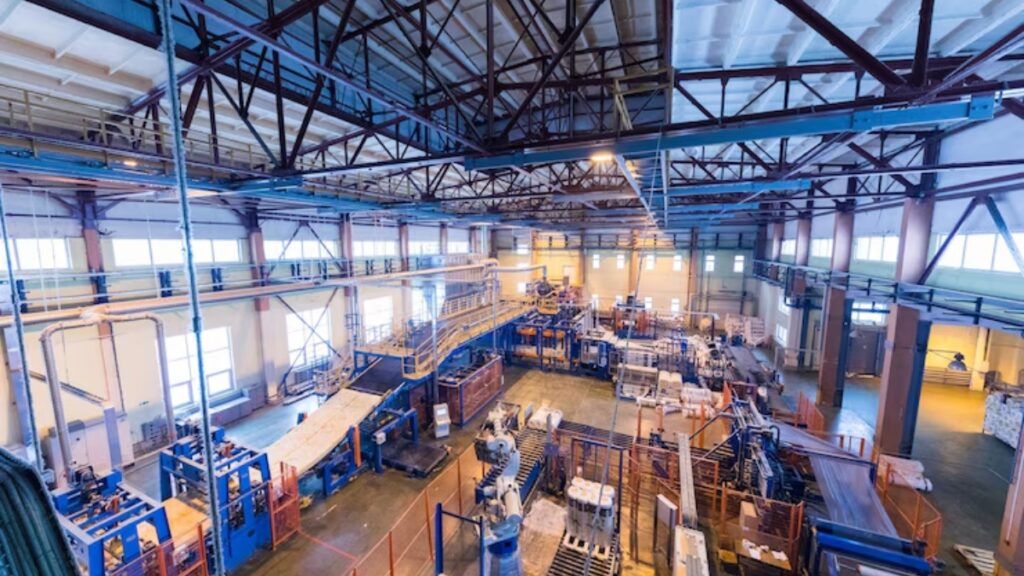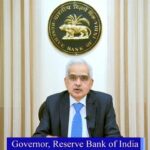NEW DELHI: Even as the Reserve Bank of India (RBI) has stuck to its projection of GDP growth of 7.2% for FY25, most economists, who FE spoke to, feel the growth may be well below 7%, largely due to a milder momentum in manufacturing activity.
“We maintain that growth is sub-par in India and do not subscribe to the RBI’s estimate of FY25 growth at 7.2%,” said Madhavi Arora, lead economist, Emkay Global. Arora sees GDP growing at merely 6.5% this fiscal year.
Vivek Kumar, economist, QuantEco Research expects GDP to grow at 6.8% in FY25, mainly due to lower gross-value-added (GVA) growth seen in the manufacturing sector. “This would be due to the lagged effect of monetary and fiscal tightening and a swing in input cost inflation,” he said.
In FY24, input cost inflation, as reflected in the WPI, was extraordinarily low, which boosted manufacturing GVA. This is likely to reverse in FY25, as WPI is expected to average around 3% this year (vs -0.7% in FY24), Kumar noted.
RBI’s Monetary Policy Statement on Thursday said that high frequency indicators of investment activity as evident in strong expansion in steel consumption, high capacity utilisation, healthy balance sheets of banks and corporates, and the government’s continued thrust on infrastructure spending, point to a robust outlook on growth.
The data so far, nevertheless, doesn’t support the Governor’s statement. The capital expenditure by the Centre and central public sector enterprises (CPSEs) declined by 35% and 39% respectively in the first quarter of the current financial year on an annual basis.
Moreover, the value of new investment projects announced, both private and government, fell a sharp 29% year-on-year each to Rs 11.3 trillion in the March quarter, extending a declining trend of the previous two quarters, data from the Centre of Monitoring Indian Economy (CMIE) showed. But some analysts say this was due to elections, and capex is only expected to pick up in coming quarters.
“For FY25, we assume better rural demand on the back of a normal monsoon, wealth effects from buoyant capital markets, post-election pick-up in corporate capex, manufacturing lift and improving composition of the trade sector,” said Radhika Rao, senior economist, DBS Bank, who has pegged the current year’s growth at 7%.
“Cyclical and structural factors have turned conducive for the growth trajectory, helped by early signs of an improvement in rural demand, and a recovery in household-led capex, which is moving in sync with the government’s higher allocations towards infrastructure,” she said.
Source: The Financial Express

 Alternative Investments Becoming More Attractive To Retail Customers: RBI
Alternative Investments Becoming More Attractive To Retail Customers: RBI 